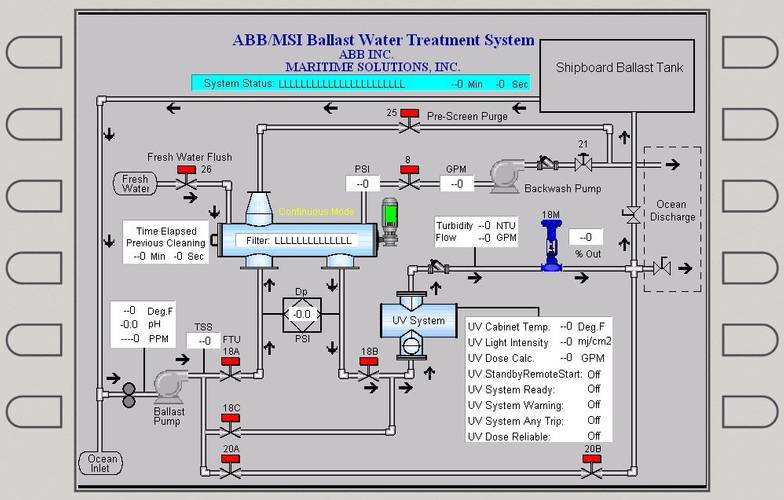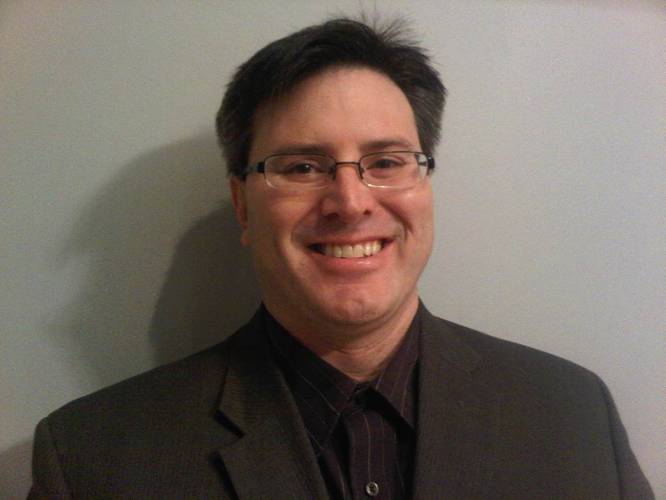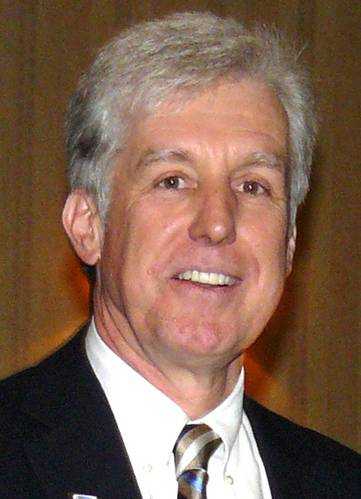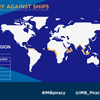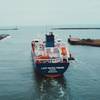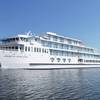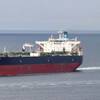It seems like a lifetime coming, but the IMO International Convention for the Control and Management of Ships' Ballast Water and Sediments (BWM) has been approved and will enter into force on September 8, 2017. Deemed as an environmental necessity, it creates an enormous operational challenge for the maritime industry.
As ship owners, system installers and BWM system manufacturers alike prepare for the many challenges associated with implementation, it would be wise to more closely evaluate the real (and sometimes hidden) risks to system operators and manufacturers.
To achieve the IMO and USCG standard, most BWM systems will use self-cleaning filters followed by UV treatment or some other biocidal device. Anyone with experience using filter and biocidal systems in natural waters knows that there will always be upset conditions due to seasonal water issues, silting, algae blooms, dredging spoils, dissolved minerals, etc. … So how do you reduce your risk of operations?
Experienced raw water filtration operators know that water quality monitoring and flow control are necessary tools to help reduce downtime and system failures due to high solids loading and dissolved minerals greater than the system can manage. We realize that to achieve real world operational freedom, every ship will rely on smart system automation and a special operational process to manage heavy silting periods. This might include a three valve bypass and large manually cleaned filters/strainers installed in parallel with the self-cleaning system, allowing the second stage biocidal treatment to do its job during the filter upset period.
UV systems and biocidal treatment will also be challenged when the T10 UV transmission rate is too low to achieve the minimum dose required for proper treatment. This too will result in a “system down” warning alarm. Smart operators can better prepare for both these situations by using a more sophisticated control system designed specifically to monitor and manage these upset events.
There are two main approaches to ensure proper dosage and organism kill rate: 1. adjustment of biocidal intensity/concentration; 2. adjustment of biocidal contact time by regulating the ballast water flow rate. Smart systems do both. Smart systems will sense silt, sediment and organism build-up on the filter media and correlate that to a proprietary algorithm which controls flow based on the monitored, “real-time” filter cleaning cycle and effective UV or biocidal treatment dose. This “smart ballast” approach ensures the proper flow/kill rate at constant dosage control.
These challenges are not unique to the maritime industry. In fact, many power plants that use river water for turbine bearing cooling have utilized these design approaches for over 20 years. Municipal water treatment plants also monitor UV treatment effectiveness by calculating UV dose from digital input measuring flow rate, light transmittance, turbidity, and lamp life. Smart automation allows them both to use self-cleaning filters even when seasonal issues arise. Being prepared, they stay online using temporary alternate process modes.
During the 1970s and 1980s, ship owners worked through the implementation and enforcement of the Federal Water Pollution Control Act (FWPCA) which required the Coast Guard to, "establish procedures, methods, and equipment and other requirements for equipment to prevent discharge of oil from vessels...”. Ship engineers forced to use under-developed systems were hauled off and arrested while ship owners were sued. Clearly, a user friendly system designed with less risk was needed.
Developing more operator friendly designs with the user in mind is the only way for today’s BWM manufacturers and ship owners to approach the challenges and implementation of new smart BWM equipment.
The USCG recognized these risk issues as well and it is clearly stated in the 46 CFR Part Standards for Living Organisms in Ships’ Ballast Water Discharged in U.S. Waters Specifically; §162.060–20 Design and construction requirements: … (b) Each BWMS must have control and monitoring equipment that— (1) Automatically monitors and adjusts necessary treatment dosages, intensities, or other aspects required for proper operation; (2) Incorporates a continuous self- monitoring function during the period in which the BWMS is in operation….
Having worked with natural water treatment systems for decades, we know what works and what does not.
A robust BWM system will:
- Use a back washable filter with a prescreen water chamber to collect large debris.
- Have a biocidal (UV or other) means to disable or kill unwanted marine organisms.
- Utilize a smart control system with a sensor to monitor light transmission through the ballast water with a control means for regulating not only the biocidal dose but also the system flow rate based on water quality. This light sensor will monitor water quality in real time and allow the ship to continue ballast water operations in heavy solids and/or turbid water at a reduced system flowrate. It will help keep the filter and biocidal system from overloading causing a system fault and automatic shutdown.
World Class BWM systems will use ballast water controls and software similar to the patented system produced by Maritime Solutions, Inc. (MSI), The MSI Smart Ballast System monitors and adjusts BWM system operation based on fluid intake and ballast water quality. This allows ship owners to go port to port without having to manually adjust the system operating parameters. The risk of human error can be reduced significantly. The MSI Smart Ballast System does not rely on manual crew testing of water conditions to adjust the system efficiency.
Operators need robust system controls to better manage natural water upset conditions, which are guaranteed to challenge any BWM System. The question for ship owners and manufacturers alike is: “How will you hedge the risk of non-compliant discharges, port state control penalties, vessel delays and unnecessary service calls”?
BWM Systems must be designed to help safeguard the health of the world’s waterways. Smart, effective controls like those used in every MSI system, address these critical environmental issues with the goal of keeping ecosystems intact.
NOTE: Maritime Solutions, Inc. (MSI) and ABB have teamed up to serve the global Ballast Water Management market. Patented Control Systems developed by MSI will be manufactured by ABB.
The Authors
Gerard Lynch is the Vice President of Engineering for Maritime Solutions, Inc. He has 30 years of experience in management, design engineering, and manufacturing operations. He has extensive experience in filtration and separation technologies; advanced engineering analysis, product development, filter testing and the development of efficient manufacturing systems. He holds 5 patents on self-cleaning filters and treatment systems. Education: MS Management; Stevens Institute of Technology, Hoboken, New Jersey, BE Engineering; State University of New York, Stony Brook. He is a licensed professional engineer in the states of NY & NJ. Mr. Lynch is very active in the American Filtration and Separations Society (AFS). He was the AFS National Chairman for 2006-2007. Email: [email protected] Tel: 732-752-3831 www.maritimesolutionsinc.com
Aaron Strupp is the US Sales Manager for ABB Industrial Automation. In this role, he leads a team that specializes in pre-sales and consulting efforts, conceptual designs, and budgetary and firm price proposals. Aaron received a Bachelor of Science in Electrical Engineering Technology from the University of Southern Indiana and began his career as an application engineer, progressing through Project Management, Operations Management, and local Sales Management, to his current role as US Sales Manager. His contributions include development of automation systems for several industrial and municipal markets, especially the Water, Waste Water, Pharmaceutical, Food & Beverage and Data Center industries. Aaron specializes in developing OEM solutions that can be standardized to bring down costs and to allow re-use of initial engineering. These solutions not only provide industrial and process automation and control, but may also incorporate electrical power and distribution equipment along with power and energy monitoring. Email: [email protected] Tel: 1-215-674-6000 www.abb.us/controlsystems






